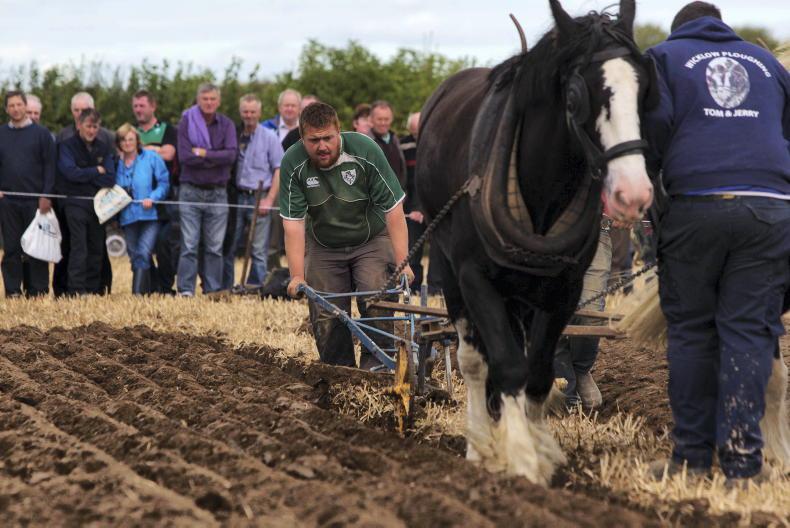This week, the Central Statistics Office (CSO) released a raft of data on how Ireland has changed since the country joined the European Union in 1973.
There are some surprising bits and pieces in it, such as the number of cattle in the country has barely changed over 50 years.
In 1973, there were 7.1 million cattle in the country, a total which had only slightly increased to 7.4 million last year.
To get the real story of how agriculture has changed, we need to look at a longer time series and a different part of the industry.
Terminal decline
A century ago, in 1923 farmers in Ireland planted 295,000 hectares (ha) of oats. The area under the crop hit 379,000ha during the Second World War and then fell into near terminal decline, dropping to 23,000ha by 1983.
Most recent data showed a slight increase to 28,000ha in 2022.
The drop has not been caused by a sudden Irish aversion to porridge, but rather the arrival of technology on Irish farms.
In 1923, there were over 420,000 horses in Ireland, the vast majority of them used for transport and for literal horsepower on farms. As well as grass, they also munched their way through hundreds of thousands of hectares of oats.
The replacement of horses with cars and tractors between the early 1950s and the mid-1980s saw numbers of the animals plunge.
When we chart the hectares in Ireland under oats for the last century and the numbers of horses in the country, the correlation could not be clearer.
Basically, the bulk of the land use change in Ireland over the past 100 years has been driven by the ending of the horse as the main source of power in the country.
Looking at the wider picture in 1923, there was 520,000ha under oats, barley, wheat and potatoes - with 161,000ha of that being potatoes.
That total area had plunged to 293,000ha, with potatoes only making up 8,000ha. Changing taste, much greater efficiency in production and increased use of cheaper imports account for the drop in the potato crop.






 This is a subscriber-only article
This is a subscriber-only article










SHARING OPTIONS: